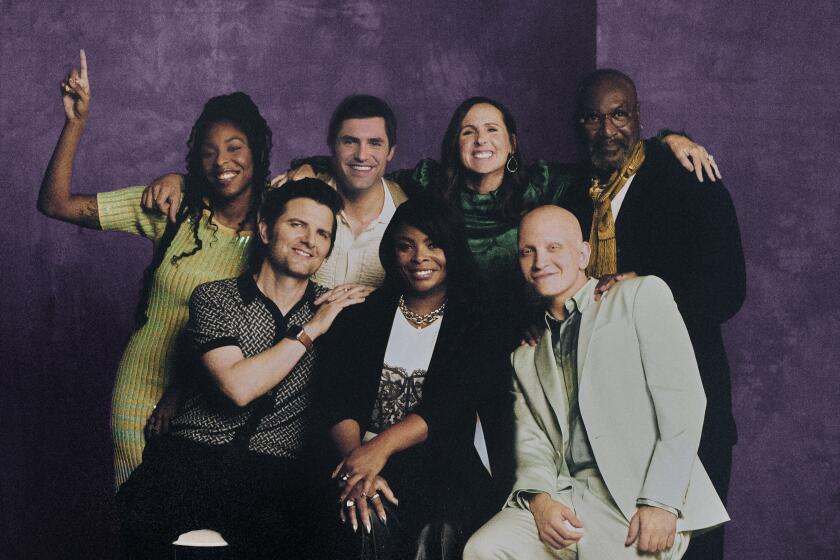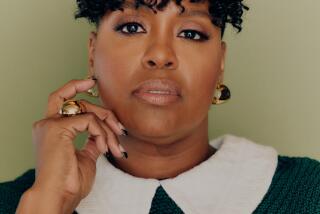Two studies find an increase in mental health portrayals on TV, and they’re more positive
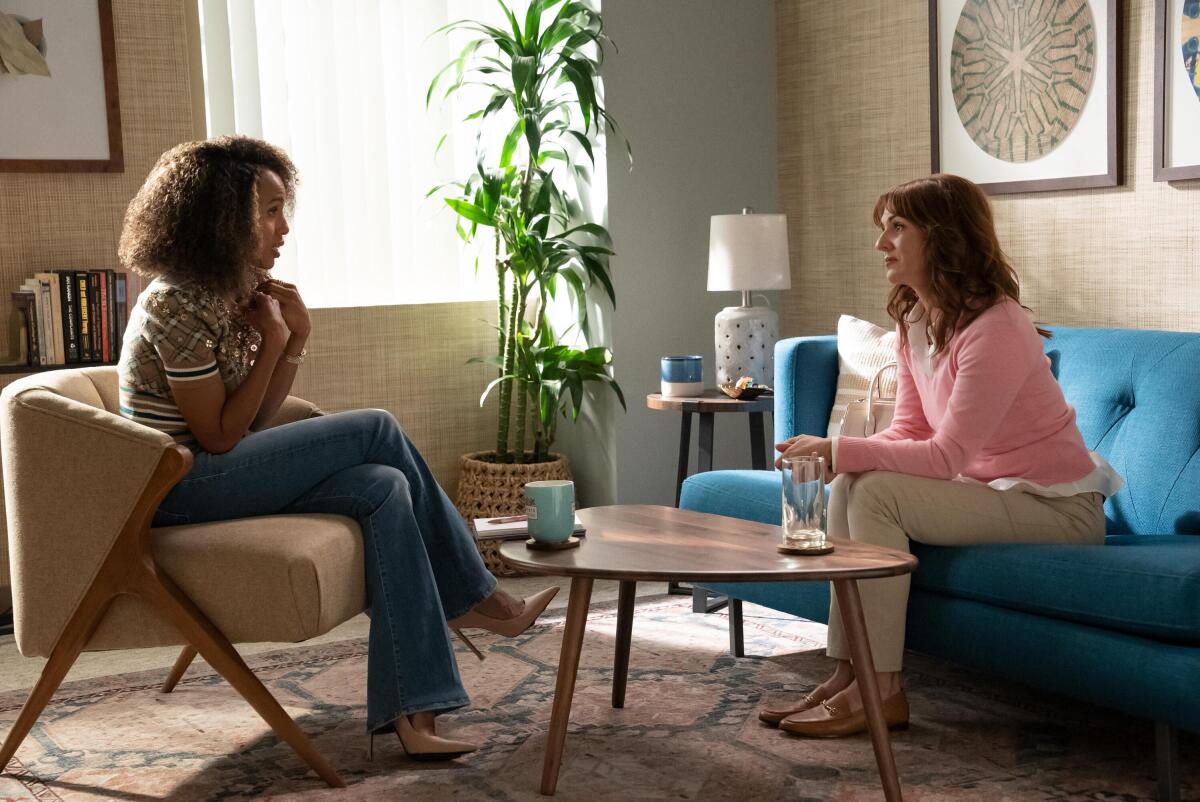
- Share via
We know that TV has the power to change minds on political and social issues. But what if it can change minds about mental health?
Two studies, both published Thursday, looked at depictions of mental health on TV. They were commissioned by MTV Entertainment Studios as part of its Mental Health Storytelling Initiative and Mental Health Media Guide, which lists resources and advocates that are available to teach creators about best practices for talking about mental health in their works.
The first study, conducted as part of the Annenberg Inclusion Initiative, looked at the prevalence of mental health conditions depicted within television shows and the context surrounding those portrayals.
The other, conducted by the USC Norman Lear Center’s Media Impact Project, looked at the process used to inform mental health storylines within entertainment media as well as trends in mental health representation across scripted TV and film, and the effect of mental health storylines on audiences’ knowledge, attitudes and behaviors. The researchers monitored scripts for keywords like “ADHD” or “psychotherapy” as well as more pejorative terms. Comparing a sampling of programming that ran between 2021 and 2022 with programming that ran between 2015 and 2019, the findings showed a 39% increase in scripts mentioning these keywords and a 15% decrease in the use of derogatory language.
Each study assessed more than a dozen shows that worked with the media guide — including ones associated with MTVE’s parent company, Paramount Global (such as Paramount+’s “Real World Homecoming: New Orleans” and VH1’s “Basketball Wives”) and ones that were not (such as Peacock’s “Bel-Air,” Max’s “Clone High” and Hulu’s “UnPrisoned”) — and contrasted these subjects with similar programs that did not use it.
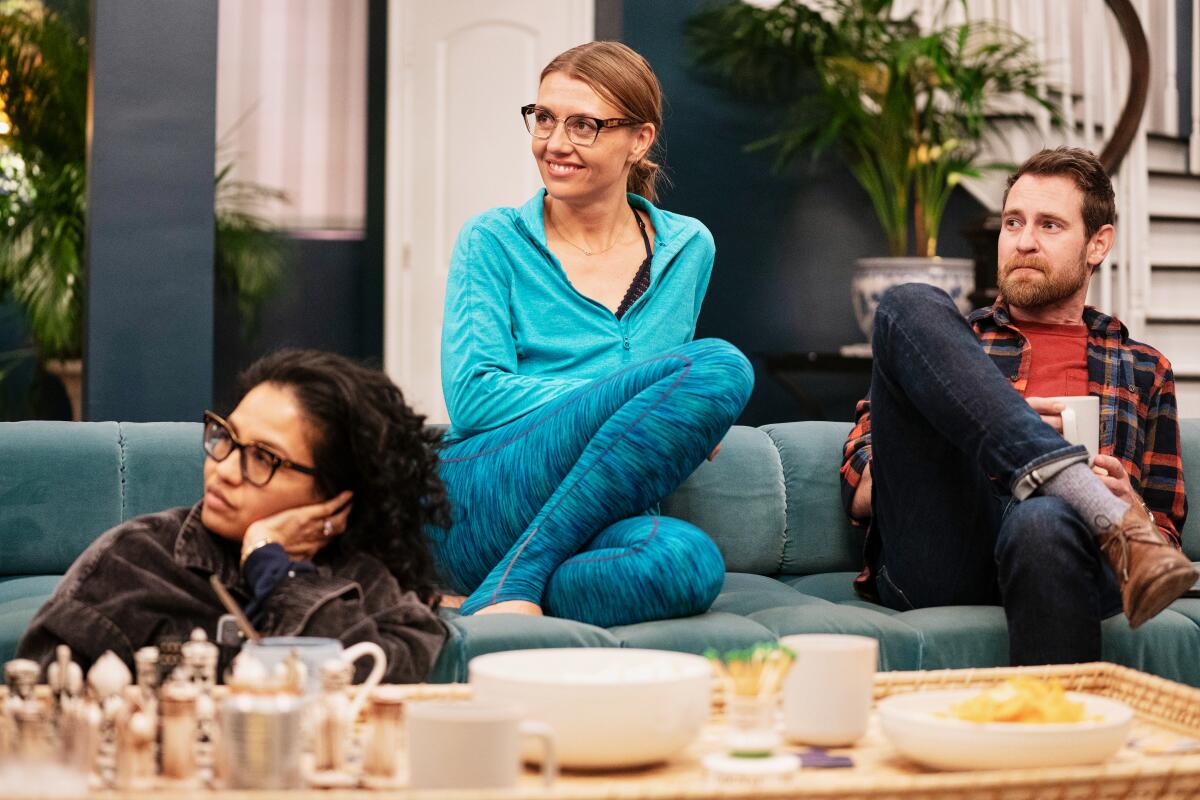
Brianna Cayo Cotter, senior vice president of social impact for Showtime and MTV Entertainment Studios, says they looked at a variety of programs because they wanted to see whether “representation was improving” and what effect it was having on audiences.
“When you look at all the data and statistics … young people, BIPOC [and] LGBTQ people are having the largest mental health challenges and also, often, don’t have the same resources to access help,” she says.
Cayo Cotter says the decision to include so much reality programming and programs that skew toward younger viewers is because “we want to go where we can have the most impact.”
“Those populations are struggling the most with mental health challenges, and they’re also the fans of the shows,” she says. “It ends up being really organic and natural to do the thing that has the most high impact.”
Both studies found that, much like in real life, discussion about mental health is also on the rise on TV. They also found that positive depictions of this topic were increasing. The Annenberg Inclusion Initiative study found that characters with mental health conditions were less likely to be shown as stigmatized and more likely to be shown getting help.
Phil Dunster, Janelle James, Adam Scott, Molly Shannon and others reveal the push and pull of being funny on TV
“The major result of this study is that when a series is influenced by a mental health intervention [such as by] using the media guide or working with experts, we were more likely to see help-seeking activities like therapy or treatment for mental health conditions,” says Katherine Pieper, program director for the Annenberg Inclusion Initiative. “This was true when characters were shown with mental health conditions, and for characters overall. The findings suggest that working with creatives and providing guidance can be part of showing a more nuanced and authentic picture of mental health.”
Similarly, the Lear Center study found that the audiences that watched these shows were more likely to be both knowledgeable about mental health and interested in getting treatment themselves.
Some of this may not seem too surprising; the study found that viewers of “Couples Therapy,” the much-lauded Showtime docuseries that takes viewers inside psychoanalyst Orna Guralnik’s sessions with her patients, saw the greatest change in personal stigma of mental health in all the shows it studied and, compared to an equivalent sample of nonviewers, were significantly more likely to both discuss mental health and seek information about it.
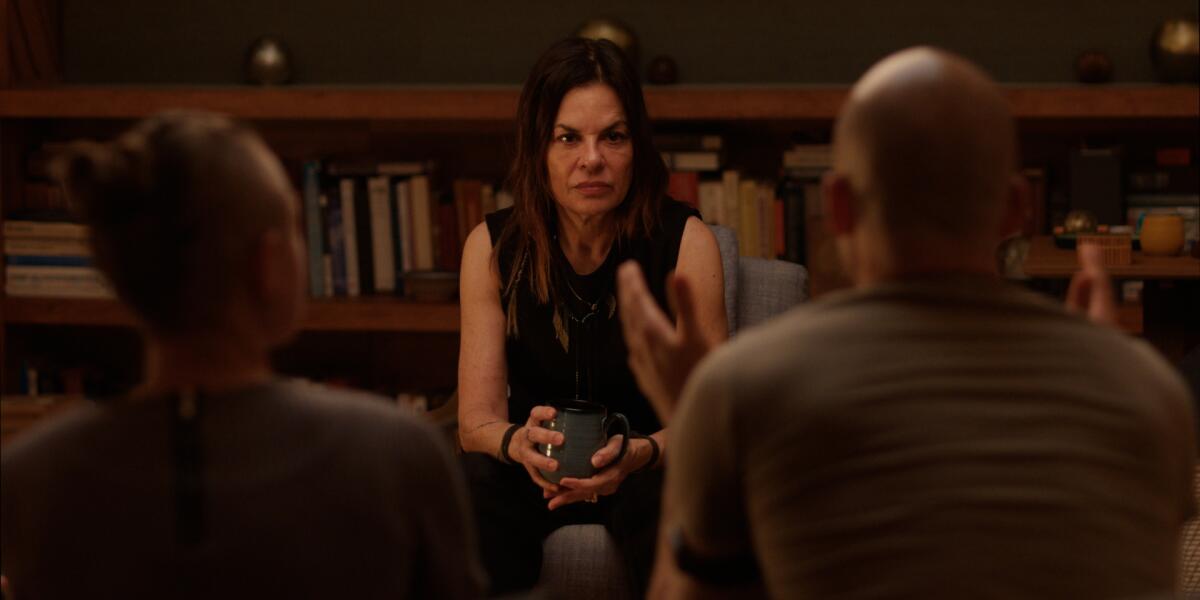
But the Lear researchers also looked at parasocial relationships, where viewers feel that they have friendships with characters in media. Erica Lynn Rosenthal, director of research at the Lear Center, pointed to Kerry Washington’s Paige on the Hulu comedy “UnPrisoned” as an example. Paige is a family and marriage therapist who is working out issues with her own complicated upbringing.
“Black viewers, in particular, were more likely to experience these feelings of friendship with Paige,” Rosenthal says. “And the stronger these feelings of friendship, the greater their knowledge [of mental health], the lower the stigma and the greater their willingness to seek therapy.”
The strong kinship audiences have toward relatable characters and people’s willingness to improve their mental health is not a surprise to Guralnik.
“Society is in trouble [and] seeking therapy is a symptom of the trouble,” she says. “People are anxious, people are suffering, people are in distress. They don’t understand how to think about the future. And they can’t rely on the social structure and leaders.”
That it’s a topic so often associated with young adults made it all the more pertinent a subject for “Bel-Air,” Morgan Cooper’s dramatic modernization of the Will Smith comedy “The Fresh Prince of Bel-Air.”
In this story, the character of Carlton — played in “Fresh Prince” by Alfonso Ribeiro as a Tom Jones-loving, uber-positive prep — is depicted by Olly Sholotan as a Xanax-snorting, excellence-at-all-costs, determined power player. Carlton has anxiety and panic attacks that he tries to hide for fear of showing weakness. But in the second season’s fourth episode, “Don’t Kill My Vibe,” Carlton comes clean about his mental health, accidentally initiating an open dialogue among his classmates about their mental health.
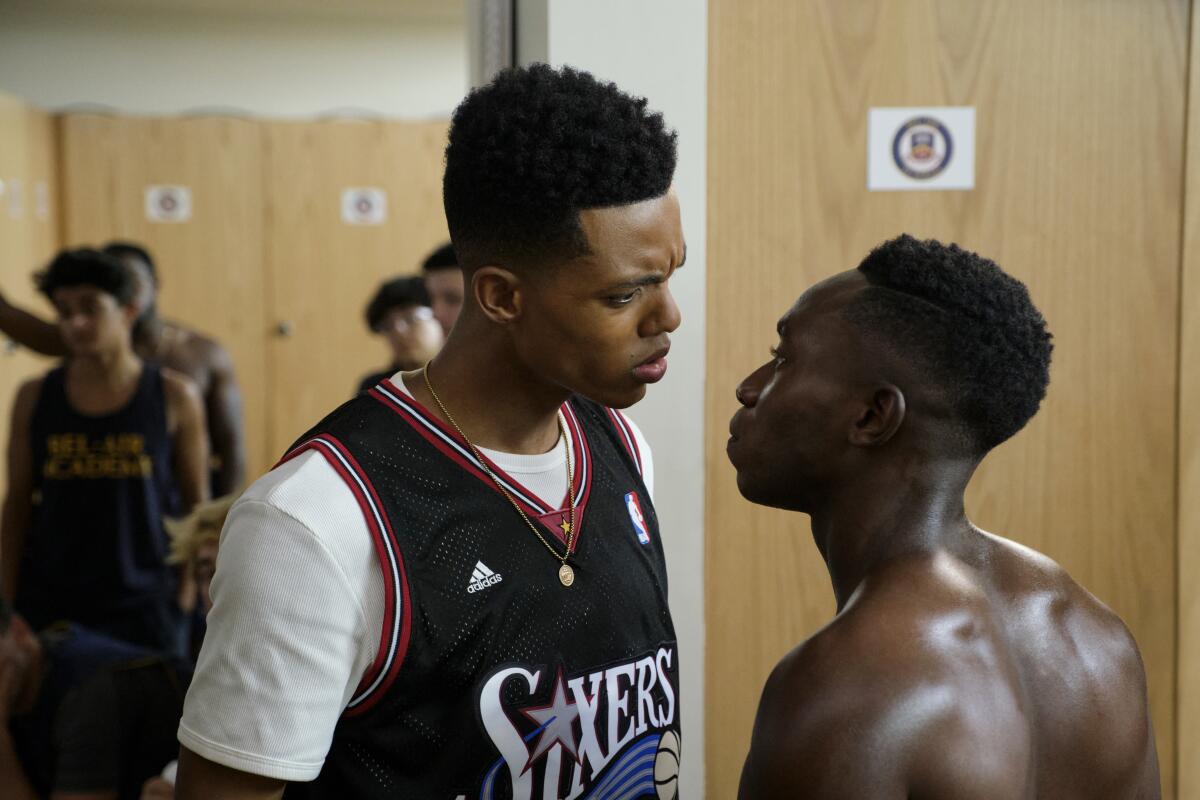
Cooper says that it happens to Carlton, who comes from a place of privilege, is a reminder that money cannot solve everything. Cooper says it’s significant that he’s able to keep his problems mostly undetected until his cousin Will (Jabari Banks) moves into his house.
He says you sometimes need “somebody new entering your life to provide a different perspective and to say, ‘Hey, you know, this isn’t OK.‘“
“It didn’t feel like a gamble to me,” creator Morgan Cooper says of the self-funded project, now a Peacock series. “That’s what we have to do as artists.”
Chris McCarthy, office of the chief executive and president and chief executive of Showtime and MTV Entertainment Studios — and who, with Annenberg founder Stacy L. Smith, spearheaded the launch of the Storytelling Coalition in 2021 — tells The Times that “the research is clear and incredibly positive” proof that the media guide can help in “reducing stigma and importantly, encouraging behavioral change.”
“With the growing mental health crisis, all creators across the industry serve an important role in developing responsible representation and character portrayals that spark conversation about mental health and reduce the devastating impact of stigma,” he says.
The question now is what happens next. The guide, as well as the studies and resources, are open to everyone, content creators or not. “Now that we know it works, how can we expand it?” Cayo Cotter says.
She adds that they’ve delved into creating guides for kids’ programming as well as ones for digital creators. She wants to take a chapter from LGBTQ+ media monitoring organization GLAAD and its media guides like the Studio Responsibility Index, which looks at depictions of queer characters in film.
“I feel very confident that, especially with this research, we know how to shift mental health representation and we know it has a positive impact on audiences’ behavior,” she says. “So, my goodness, let’s figure out everything we can do to put this everywhere.”
More to Read
The complete guide to home viewing
Get Screen Gab for everything about the TV shows and streaming movies everyone’s talking about.
You may occasionally receive promotional content from the Los Angeles Times.
